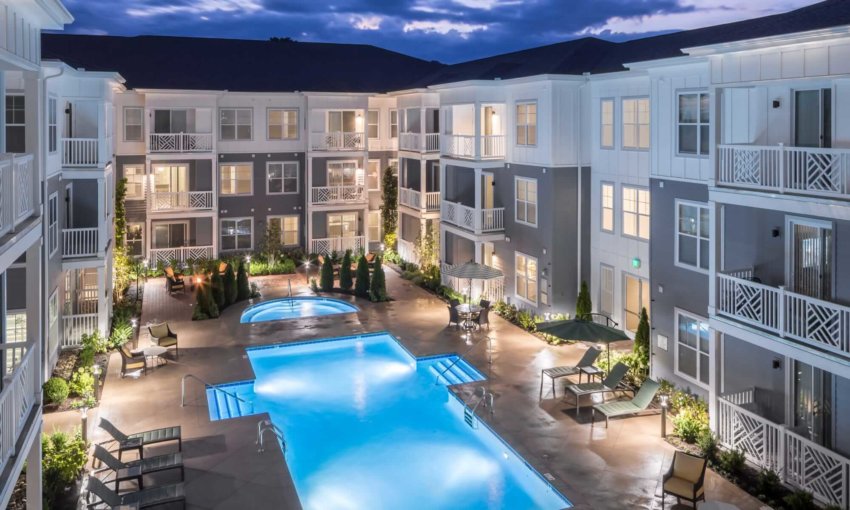A somewhat new segment of rental active adult housing is showing signs of leading the way for senior living development post COVID. Our estimating department is currently budgeting and pricing several active adult projects for multiple clients. The product targets baby boomers in early retirement, looking to downsize, but who are years away from needing independent living or assisted living services.
Many seniors no longer want the maintenance and overhead of a large house, like the idea of increased socialization, but don’t require assistance with activities of daily living. Active adult communities tend to command a premium over standard multi-family products, and because the residents are primarily retired, their incomes are somewhat insulated to swings in the job market and economy. Another plus for developers, residents of active adult communities typically stay for five years or longer.
While the pandemic has impacted occupancy in all senior living sectors, several owners and operators of active adult communities have reported that overall occupancy has been steady, and they are meeting lease-up targets for newly completed communities. One large commercial real estate investment group has indicated that active adult has been their best performing sector during the pandemic. An additional bright spot for active adult is the current surge in home prices. If seniors continue to be able to sell their homes quickly and at record prices, it is likely to result in greater demand for new active adult communities.
The senior housing industry continues to evolve; all of us at The Douglas Company are excited about the range of options that will allow our clients to find continued success in this market segment.
Bob Ritter
Director of Business Development
The Douglas Company

